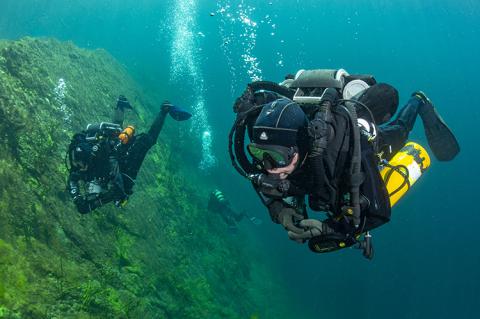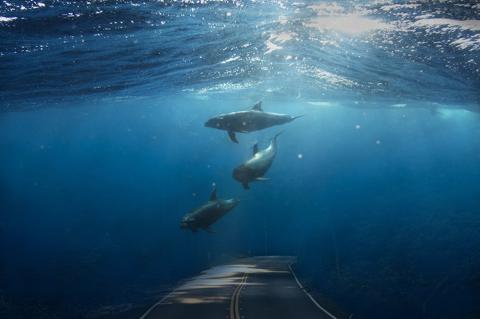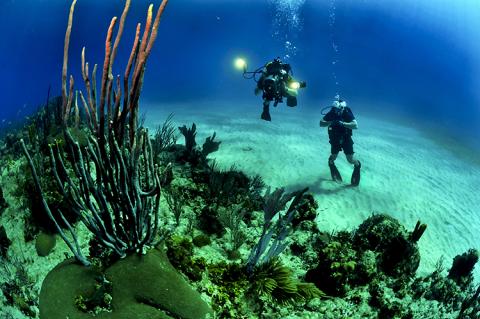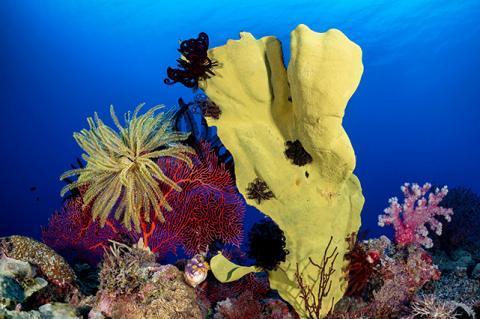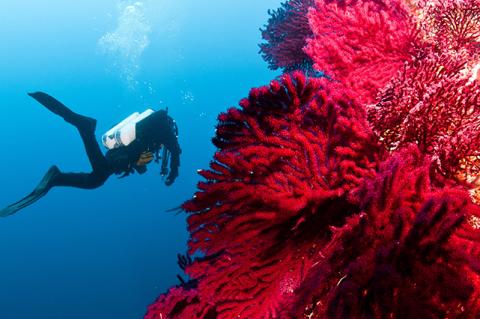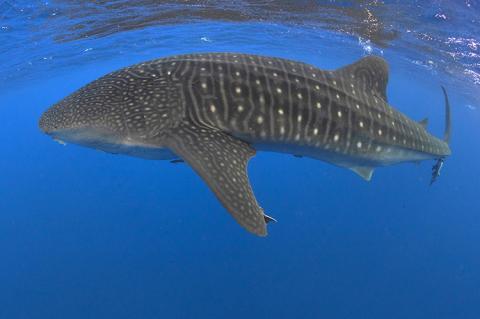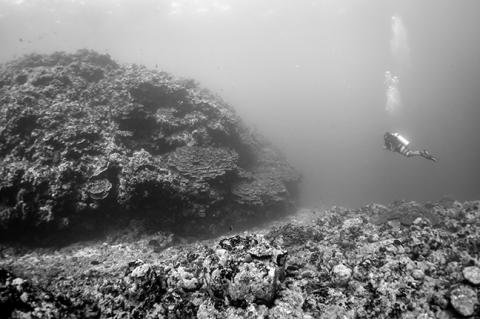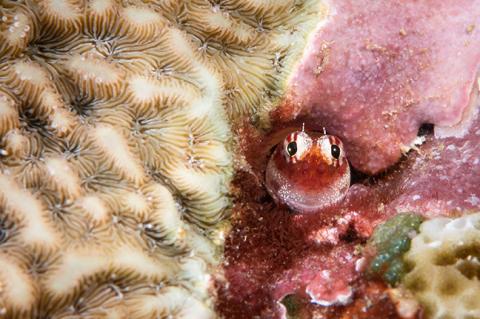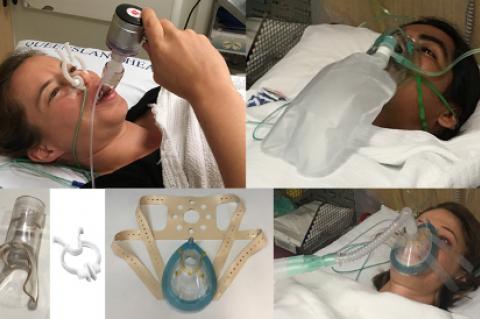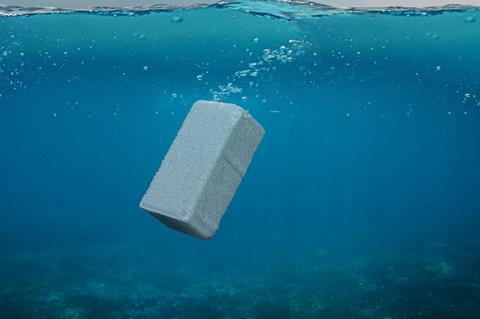Look After Your People
In the book Into Thin Air, journalist Jon Krakauer tells the story of five people who died near the summit of Mount Everest in 1996. Two were expedition leaders, one was a professional guide and two were their clients.
The clients, like most people who sign up for Everest expeditions, were not mountaineers or hard-core climbers. They were folk with little advanced climbing experience, but plenty of money, plenty of guts and a dream.

